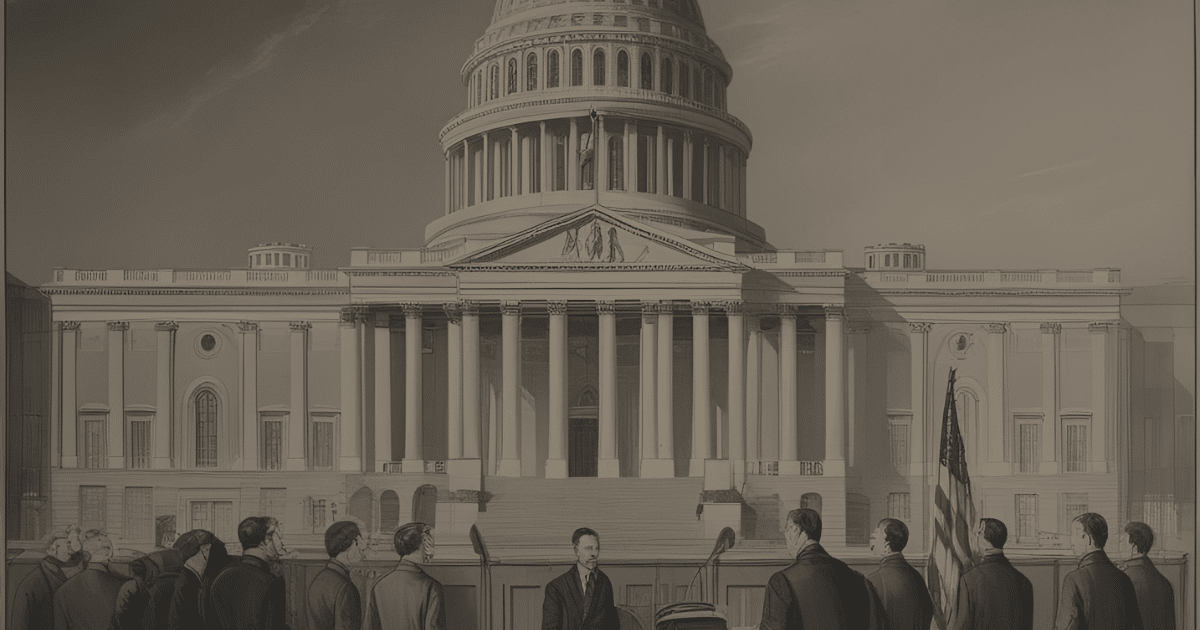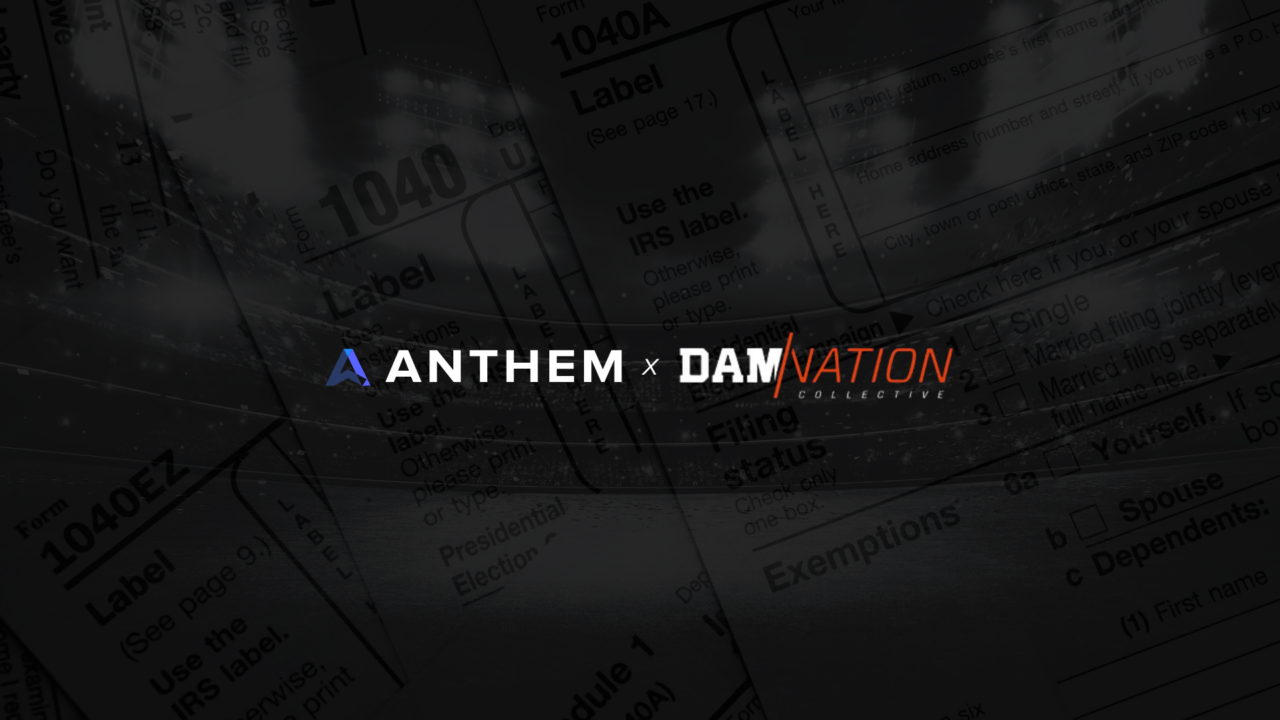The Big Beautiful Bill tax reform is a major tax and spending package moving through Congress in 2025. Lawmakers designed it to make many 2017 Tax Cuts and Jobs Act (TCJA) cuts permanent and introduce new rules for individuals and businesses. The House has passed the bill, and it now heads to the Senate. Here’s how the Big Beautiful Bill tax reform could impact you as it stands. We’ll continue to update you as the process unfolds.
Table of contents
- Personal Taxpayer Impact
- How will my individual income tax rates change due to the Big Beautiful Bill?
- What about itemized deductions and the SALT cap?
- Are there changes to the child tax credit and senior deductions?
- What about Health Savings Accounts (HSAs) and new savings options?
- Are there changes to estate and gift taxes?
- Are there any big changes that impact my personal return?
- Business Owner Impact
- How does the Big Beautiful Bill affect business income and deductions?
- What about depreciation and expensing business assets?
- Are there changes to limits on business losses?
- How does the Big Beautiful Bill affect executive compensation and charitable giving?
- What about international business provisions?
- Were there any changes to PTE?
- Overall Impact
Personal Taxpayer Impact
How will my individual income tax rates change due to the Big Beautiful Bill?
- The Big Beautiful Bill tax reform permanently sets the top income tax rate at 37%.
- You avoid the scheduled increase in the top rate.
- Standard deductions rise to $26,000 (joint), $19,500 (head of household), and $13,000 (single) for tax years 2025–2028.
- The personal exemption remains permanently repealed.
What about itemized deductions and the SALT cap?
- The bill restores and makes itemized deductions permanent.
- It reduces itemized deductions by 2/37 of the lesser of your deductions or taxable income above the 37% bracket.
- The State and Local Tax (SALT) deduction cap increases from $10,000 to $40,000 in 2025. Incomes over $500,000 will see a phase-out, and the cap will rise each year through 2033.
Are there changes to the child tax credit and senior deductions?
- The Big Beautiful Bill tax reform expands the child tax credit. The $2,000 credit becomes permanent, and the maximum temporarily rises to $2,500 from 2025–2028. Afterward, the maximum returns to $2,000 and is indexed for inflation.
- Seniors earning up to $75,000 (individuals) or $150,000 (couples) may claim an extra $4,000 deduction to lower taxable income.
What about Health Savings Accounts (HSAs) and new savings options?
- HSA contribution limits double for low- and middle-income earners.
- You can now use HSA funds for fitness expenses ($500 for individuals, $1,000 for couples).
- “Trump Accounts” start with a $1,000 federal deposit for children, and families can contribute up to $5,000 yearly for education, home buying, or business startups.
Are there changes to estate and gift taxes?
- The estate and lifetime gift tax exemption rises to $15 million (single) or $30 million (married), starting in 2026 and indexed for inflation.
Are there any big changes that impact my personal return?
- The Big Beautiful Bill tax reform removes tax on tips, with some limits.
- There’s no tax on overtime (details to come).
- You won’t pay tax on auto loan interest for American-made cars.
Business Owner Impact
How does the Big Beautiful Bill affect business income and deductions?
- Section 199A deduction for qualified business income rises to 23% (from 20%) and is permanent, cutting the effective top rate on this income to 28.49%.
- The deduction now covers certain dividends from business development companies (BDCs).
- The new definition for Section 163(j) interest deduction uses EBITDA for 2025–2028, which is more favorable than EBIT.
What about depreciation and expensing business assets?
- The deduction cap for qualified depreciable property increases to $2.5 million (up from $1 million).
- The phase-out threshold rises to $4 million.
- The bill restores 100% bonus depreciation.
Are there changes to limits on business losses?
- The Big Beautiful Bill tax reform makes the limit on excess business losses for noncorporate taxpayers permanent.
- Losses above $313,000 (single) or $626,000 (joint) will carry forward to future years.
How does the Big Beautiful Bill affect executive compensation and charitable giving?
- The $1 million limit on deductible executive pay now aggregates all entities in a controlled group.
- C corporation charitable deductions now face a 1% floor—your deduction applies only if giving exceeds 1% of taxable income.
What about international business provisions?
- The bill permanently locks in lower rates for Global Intangible Low-Taxed Income (GILTI) and Foreign-Derived Intangible Income (FDII).
Were there any changes to PTE?
- The Big Beautiful Bill tax reform ends the federal deduction for state PTE taxes paid at the entity level.
- Owners must now report these as separate items on Schedule K-1 and apply the revised SALT cap.
- Only PTEs in a “qualified trade or business” (eligible for the Section 199A QBI deduction) receive limited federal benefits. Service businesses like law, consulting, and asset management remain excluded.
Overall Impact
The Big Beautiful Bill tax reform brings broad changes for individuals and businesses. You may benefit from lower tax rates, bigger deductions, and expanded credits, but new limits and qualifications could affect your planning. As Congress continues debate, stay in touch with your tax advisor to prepare for these changes. We’ll keep you informed with new updates as the bill advances.
P.S. Need expert guidance? We’re here to help.




